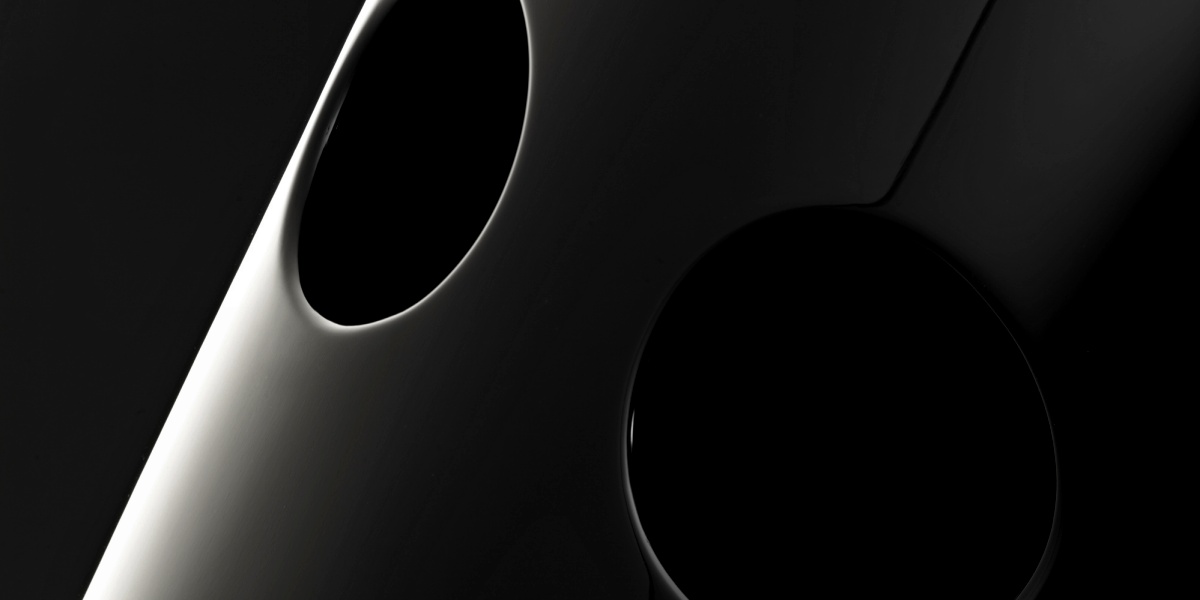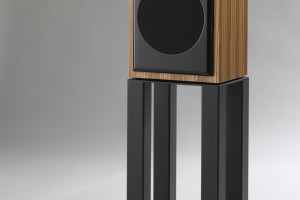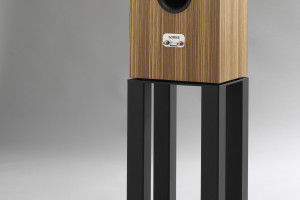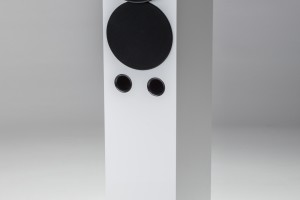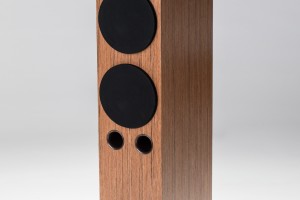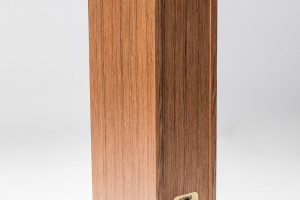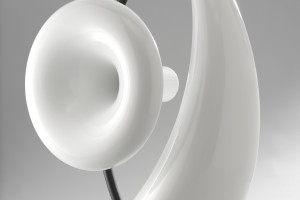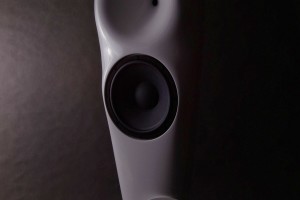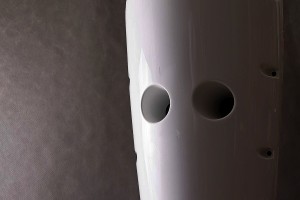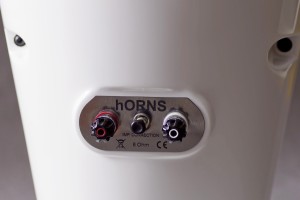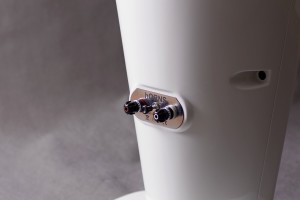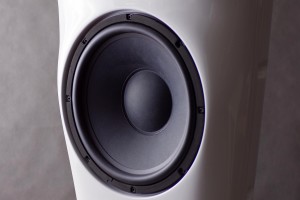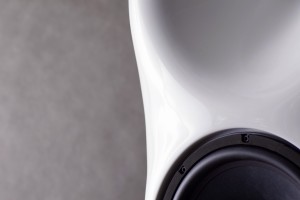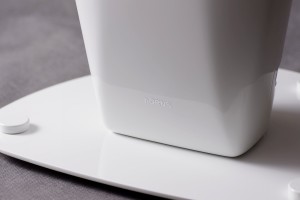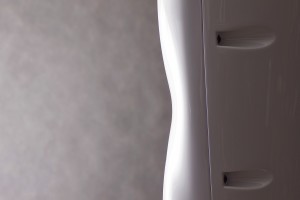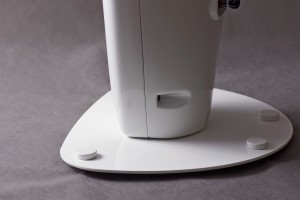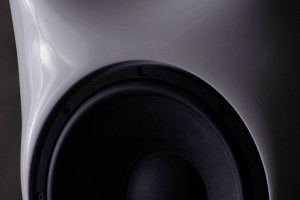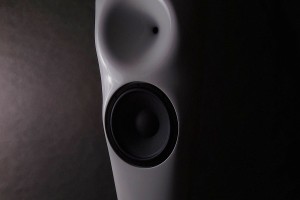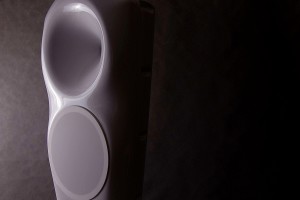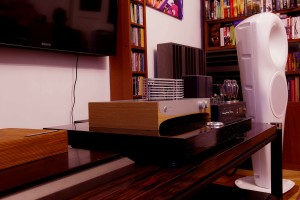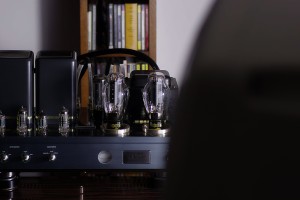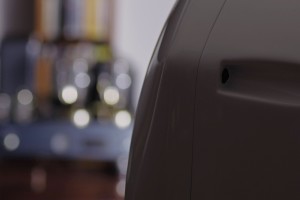For the past few years in my Munich High End Show coverage one could find a description of the „Polish Export Audio System”. It usually featured JR Audio turntable as a source and electronics (amplifiers and preamplifier) by MySound that drove hORNS loudspeakers. I call this system „export” one for a reason. All the components are made in Poland, all deliver stunning performance, each is an interesting and original design with make and finish of the highest quality. In other words this is a great representation of what the Polish market and Polish manufacturers have achieved over past several years. Obviously these manufacturers didn’t get together by pure coincidence – the 12W Cubes by My Sound should be paired with not very difficult to drive loudspeakers (although 100dB sensitivity is not a must), and hORNS, as its name already suggests, specializes in horn loudspeakers, which by principle are rather easy loading for an amplifier. As a huge fan of low power tube amplifiers and high-efficiency speakers I simply had to listen to at least one model from this manufacturer. During shows, hORNS usually presents the big, 3-way horn system called Universum. For logistics reasons it would be very difficult to deliver these to me and most likely they wouldn’t fit my room too well. Instead we agreed with Mr Łukasz Lewandowski, the man behind this brand, that he would deliver smaller, 2-way speaker called Mummy. A white version, of course, well have you ever seen a black/blue/green mummy? 
Introduction
The hORNS Mummy is a very original design. The name of the company that owns hORNS brand is quite self-explanatory – AutoTech specializes in production of trailers, sidecars, toboggans, sleds and so on, made of composite material mostly (but obviously not only) for car industry. This gave them knowledge, experience and production capabilities they could use to design and make horns or, as in case of Mummy, entire cabinets for their loudspeakers. This reminds me a story of another Lublin based company, Mr Janusz Sikora’s Allmet. He’s also been using experience and production lines of his main business for his hobby – building high-end turntables. Fantastic ones, I must add, as a proud owner of one of them. Notice the highest quality of build and finish of both, J.Sikora turntables and hORNS loudspeakers. Both brands are able to consistently offer such fantastic quality to their customers because they utilize the support of the main businesses of their owners.
Even though two models of the hORNS lineup are best known, the Universum and Mummy, they actually offer also a few other, more traditionally looking speakers. Among those one finds floorstanding and standmounted speakers of different size, but all share one common feature – a compression driver working inside a horn. They all offer also a high sensitivity that makes them a good match for a variety of amplifiers including low-power tube ones. Build and finish of each pair of speakers I saw was flawless and, despite the fact that so far I listened to them only during various shows, they always sounded really good encouraging me towards a closer encounter.
Design
This speaker utilizes a cabinet made of fiberglass composite. It is quite narrow in its lower part and then expands going up to accommodate first a 12” low moving mass woofer with powerful magnets, hidden behind a grill, and than it expands even further for a large horn featuring a 1” compression driver. Manufacturer chose not to share the information on particular drivers he used, but we know that he used 1st and 2nd order crossover. The crossover point is set at 1300 Hz – woofer works up to this frequency and then the horn takes over the sound reproduction. This information suggests that these should be a very coherent sounding speakers as the designer avoided crossover point in the frequency range where human hearing is most sensitive. The presently sold version of Mummy is a 8Ω (nominal) loudspeaker. It is quite important information as until 2011 hORNS sold a 4Ω Mummy. The present version features one more new function absent in previous versions – impedance correction. On the rear panel, next to high quality WBT speakers connectors, there is a small switch that allows user to turn on or off the impedance correction circuit. So one might choose to switch it on or off depending on one’s personal preference. The manufacturer suggests using the correction mostly for low-power SET amplifiers, or in some not-so-friendly acoustic environments. It is a fact that when I drove Mummy with Air Tight ATM300 Anniversary (meaning for most of this test) I preferred the sound with impedance correction system on, while with powerful solid-state, Audia Flight FLS4, the preference was not that obvious and I could live with both.
The cabinet, constructed from composite material gives it certain, modern look. Combined with an original shape it will probably not suit all potential customers, but on the other hand there is no speaker in the world that could satisfy expectations and tastes of all potential buyers. One of many advantages of this product is a wide choice of available finishes – the standard ones are white and black. But for additional fee of 1000 PLN one might ask for a pearl (like the one under review) or metallic finish. Same amount of money buys you any RAL color – another advantage of mother company operating in car industry.
Over 120cm tall with maximum width of almost 50 cm, depth of 30 cm and 75L internal volume is quite a lot – this is a serious piece of furniture that will not just “disappear” in a room. They shall rather attract attention not just with their size, but also with the original shape, and high quality finish. The Mummies simply look great! The cabinet is composed of two halves bolted together with several screws that are visible only from behind the speaker. The only element of the design that looked a bit out of place was a thin, thus springy, metal base with spikes. I mean it seemed springy when I pushed it, not when playing music as then it seemed rock solid. When I asked about it Mr Łukasz Lewandowski, he told me that additional 1000 PLN buys a white marble or black granite base for even more refined looks and additional stability. This option also involves choice between metal spikes and feet with rubber tips that might come handy when speakers are placed on wooden floor. The cabinet is bass-reflex loaded with two rear ports. It is very difficult to design high-efficiency loudspeaker with proper bass extension without pushing b-r loading. Mummy is a 93 dB speaker that goes as deep as 35 Hz down (and up to 23 kHz). As a committed opponent of a bass-reflex concept that almost always results in (at least to some point) boomy bass I have to admit that in this case, after placing Mummies circa 50cm from the back wall I couldn’t really hear any negative effects coming from b-r ports. That’s quite an achievement especially considering the fact, that bass performance of these speakers is impressive! I’ll get back to it in a moment. 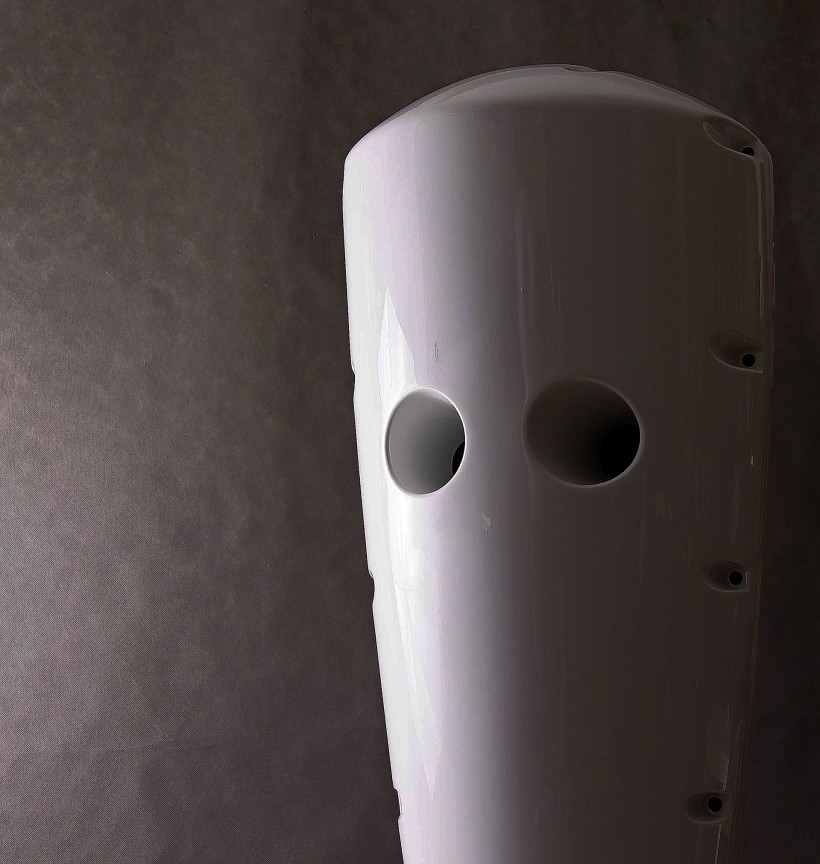
Sound
The Mummies spent quite a long time in my room so I had a chance to use them with a few different amplifiers. I started with two SET amps, my own upgraded ArtAudio Symphony II and Air Tight ATM300 Anniversary – both using 300B triodes. Despite the fact that the former represents similar price level to the speakers, while the latter is more expensive, after a short time I realized that Japanese device clearly outperformed my trusted Symphony II by a large margin and Mummies conveyed that very clearly. So I decided to give them a chance to shine and used mostly Air Tight for this review.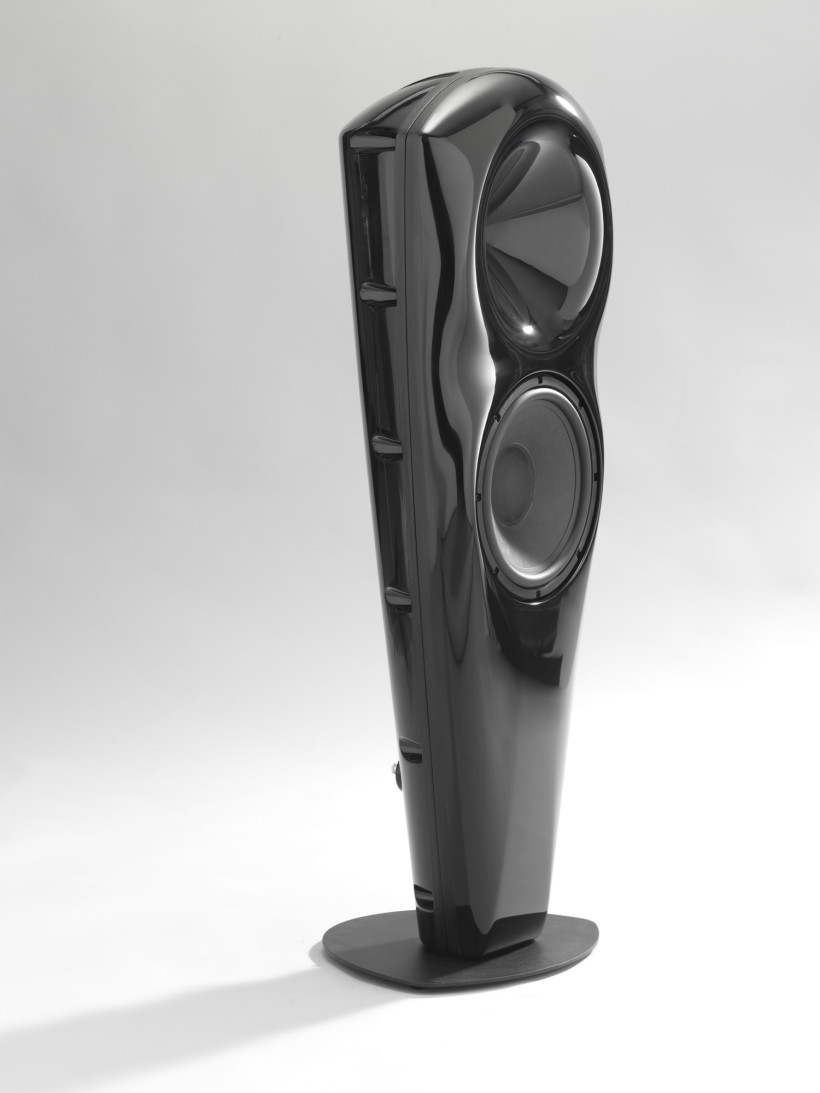
Air Tight featuring Takatsuki 300B triodes is an amazingly refined amplifier that allows user to dive into deepest layers of every well recorded music. Presentation is nothing short of organic and immersive. As long as loudspeakers driven by this amp are capable of matching its performance, I mean. At first I was a bit surprised by how refined Mummy sounded but then I realized it only confirmed what have been trying to explain to many readers so many times – many Polish products offer exceptional price/performance ratio. So if you’re limited by some budget for a component you plan to buy start you search by looking at Polish products because more often then not at given price you shall find a domestic product that has more to offer than imported competitors. Yes, one could hardly call Mummy inexpensive, but after comparing them to other high efficiency, full range speakers offering comparable quality of make and finish one shall realize that there is very little, if any, competition available at this price level. These speakers have a lot to offer.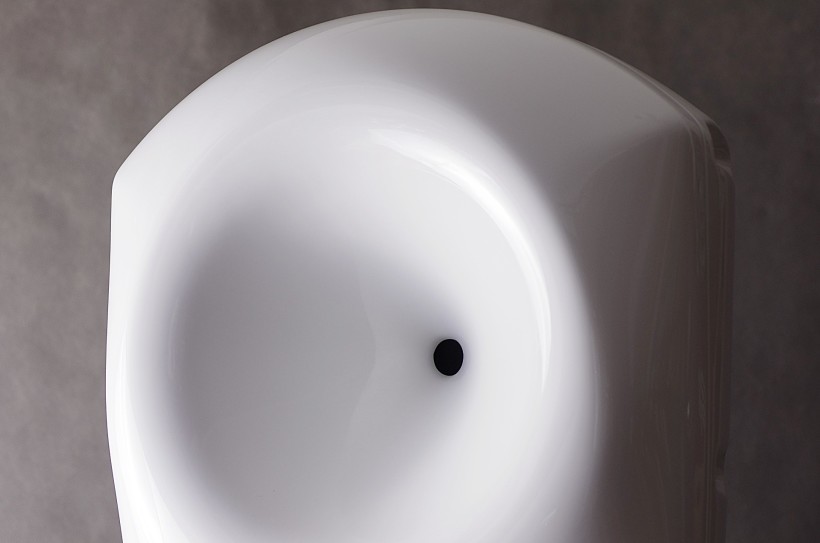
I didn’t plan to go easy on them, so I started my listening session with symphonic music. Rachmaninow and Dvorak music turned out to be quite demanding – I had to crank up Air Tight’s volume controls significantly (ATM300 is actually a power amplifier with volume control, separate for each channel to be exact, rather than integrated amp) to achieve satisfying volume level. Since it didn’t cause any distortion, clipping or anything of the kind, I had no reason to worry about it. The speakers delivered very pure, transparent but at the same time also very rich performance. On one hand these are quite large speakers but on the other it is “only” a 2-way design. And yet it delivered large classical music with power, momentum and scale. There was also not a single reason to complain about dynamics. I assume, of course, that we all realize that it is not possible to convey real scale or dynamics of a symphonic orchestra using any audio system – so factor that fact in while reading my text. Yes, some big, 3-way loudspeakers (such as my own Ubiq Audio Model One) driven with a powerful amplifier are able to deliver even bigger, more powerful sound, but the scale of the sound and its momentum are not the only things that matter, are they? And to be honest Mummy did offer an already large enough scale of sound.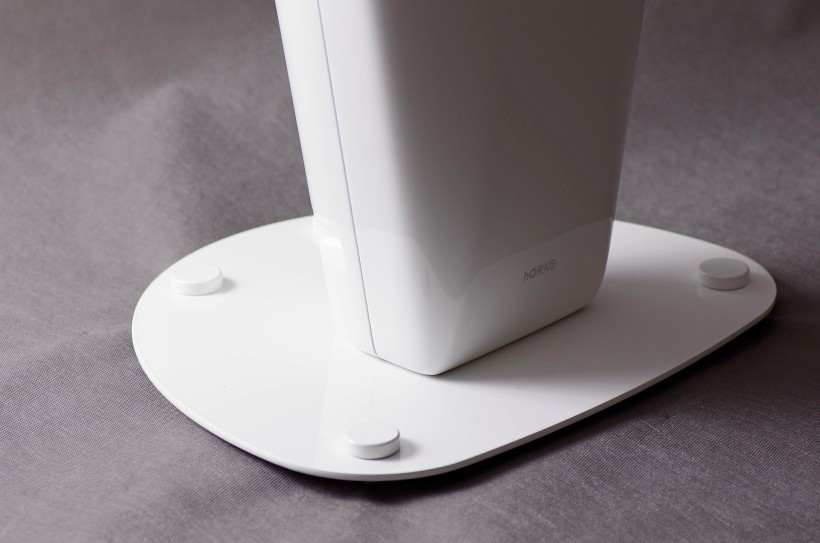
Using Air Tight to drive Mummy offered a refined presentation that allowed me to peek also into deeper layers of the recording, studying individual, well differentiated elements of the orchestra. There was also this beautiful, open and extremely vibrant treble – triangle, bells, castanets, cymbals, which appeared in many recordings had this amazing sonic feature offered only by great tube amplifiers – a combination of impressive, sometimes even penetrating vibrancy of the sound with… amazing smoothness and saturation lacking any aggressiveness or harshness in the sound. So even when the triangle or bell delivered this incredibly clean and well, penetrating sound that could be heard perfectly against large orchestra, they still sounded absolutely natural, in no way unpleasant or irritating. The Mummy’s compression tweeters delivered that performance in a fantastic way thus making me want to listen more and more such tracks, as only few loudspeakers can play such music in this so impressive, but absolutely not showy way.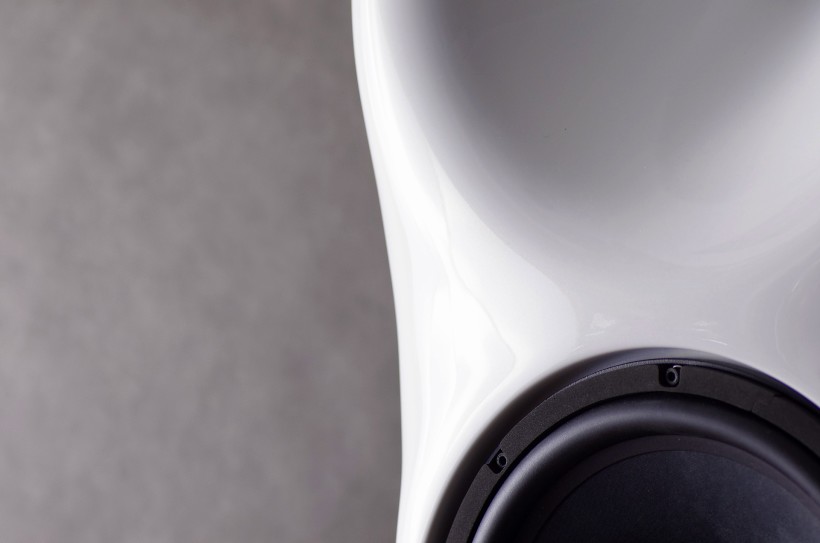
The large, 30cm woofers did a great job in the lower part of the band. It was their job to convey the powerful tutti of the orchestra, to create an almost physical experience of its power. They seemed to do it effortlessly, doing as good job as they could, without trying to sound larger/more powerful than they actually were. It’s definitely not one of those speakers that try to trick listener into believing that they can do more than their size, drivers and so on, actually allow. One should appreciate it because there are many speakers on the market that try to deliver performance comparable to that of a twice as big models and it always means compromises in other aspects of the sound. In such cases you always loose more than you gain. Here there was a good bass definition and control, quite low, weighted extension, good differentiation, impressive pace and rhythm – in short everything you need to be happy while listening to any music. Even such a large and complex one as symphonic music. And all this without boomy bass coming from bass-reflex! I know I already mentioned that, but the more I listened to these loudspeakers, the more I appreciated a smart use of this element of their design.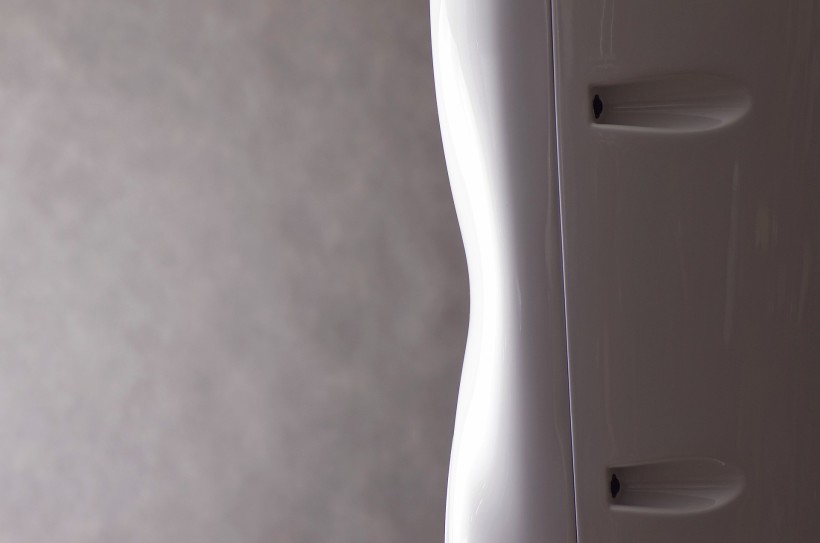
An interesting aspect of this presentation was also soundstaging and imaging. With the placement of the speakers in my room, which I found to be optimal, which meant putting them about 50cm from the rear wall and any obstacles on any side plus a slight toe-in, the Mummies created a soundstage that impressed me primarily with its depth. It meant that it was nicely layered but on the other hand somewhat limited in width, ie. rarely any sounds came from the space left to left speaker and right to the right one. Although it is probably not right to call this soundstage limited – it is another example of the presentation being accurate instead of showy. In the case of the orchestral music, that is always presented from a certain perspective (though in the case of Mummy not as large as in most cases), it was, from my point of view, a good thing. I felt like I was sitting in center of one of the relatively close rows, seeing in front of me following rows of musicians. OK, the members of the orchestra seemed to be sitting quite close to each other (in terms of the width of the stage), but it’s rather the depth of the orchestra that is impressive and so it was shown here, with a surprisingly high precision, I might add.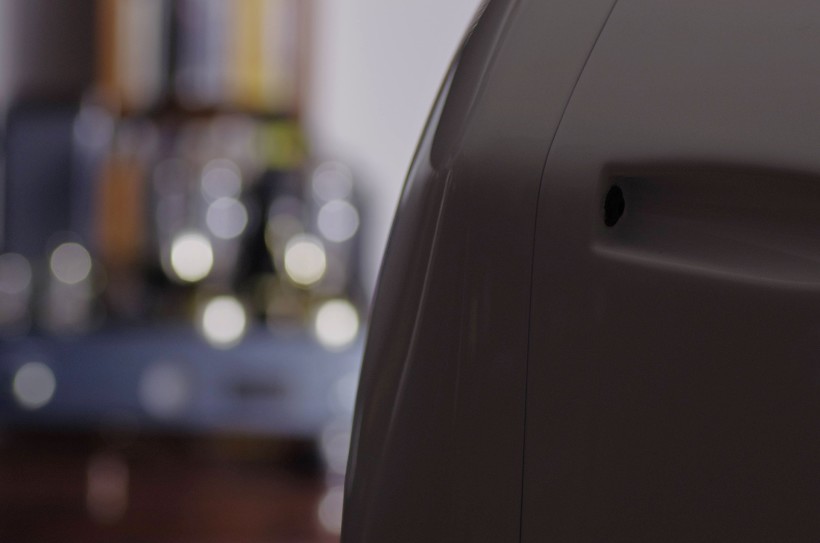
Changing repertoire passed almost unnoticed. The Trombone Shorty’s album is obviously musically something completely different from the said classics. So I rather mean the fact that my perception of this performance was similar, and a set of its qualities was not that different. Again a coherence of the presentation was outstanding, it was close to what I know from many single-driver designs. Except that, in contrast to them, the sound was not so focused in the midrange and both range extremes were not rolled-off. Here, what caught my ear in the first place was bass – punctual, punchy kick drum, supported by a powerful bass guitar set the pace and rhythm of the recording. While with the orchestra bass was nicely extended but it didn’t go as deep as with some bigger loudspeakers, here, the longer I listened to the lowest tones, the more I appreciated them simply because there was nothing missing, low end sounded accurate. OK, kick drum or bass guitar did not go so deep with so much power that I would feel them as physically as during concert, but they had enough weight and richness with a fast attack phase and a strong, long sustain so that they would feel just right. There was no dragging of the lowest notes – these always ended when they were supposed to. Sometimes there was a long, full decay slowly fading outside the audible range, sometimes musician quickly damped a string and Mummy reflected his actions immediately. The treble range, cymbals, may have been slightly less distinct, not as astounding as previously the triangle was, but it was rather due to the quality of the recording and not what loudspeakers did with it. But brass instruments including Shorty’s trombone, sounded beautifully. Slightly dull, but when needed properly sharp, open and airy which combined into an amazingly immersive performance. Even more so because there was not even a trace of brightness or roughness – sound was very open, resonant, yet smooth. More traditional jazz albums, such as those by Ray Brown, for example, sounded equally spectacular. Mummies beautifully captured the natural timbre of acoustic instruments, their texture, the relations between them, the acoustics environment, and everything was placed on a three-dimensional stage. The higher quality recording, and I’m talking primarily about live ones, the more realistic, tangible and engaging the presentation.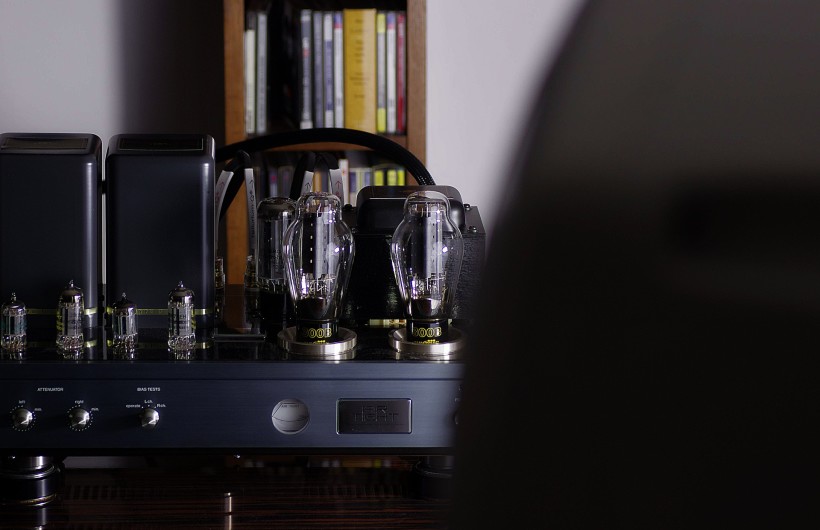
The Polish loudspeakers belong, as it turned out, to a rare species of those that sound very well also when played at low volume. It is true that among the high-efficiency speakers it is not such a rarity, but after all, these are a minority among all available on the market. Sure, when I played big classical music at low level a momentum and power of sound were slightly tempered compared to performance at higher volume. But there was no shortage of detail, there was still great differentiation of tone and even dynamics, the size of the stage and the precision of location of individual phantom images also remained unchanged. With “smaller” music – jazz, vocals – the performance was even better, because there was absolutely nothing to complain about, it was all there. Even during quiet evening sessions I could hear a kick drum operating vigorously, double bass descended really low, and the piano’s lowest octave was nicely accentuated. The presentation did not lose anything from its extraordinary liquidity, smoothness, and at the same time its lively and relaxed character. As a result, even quiet sessions were very interesting, exciting and they brought no risk of me getting asleep even when I listened to Mummies till the very late hours.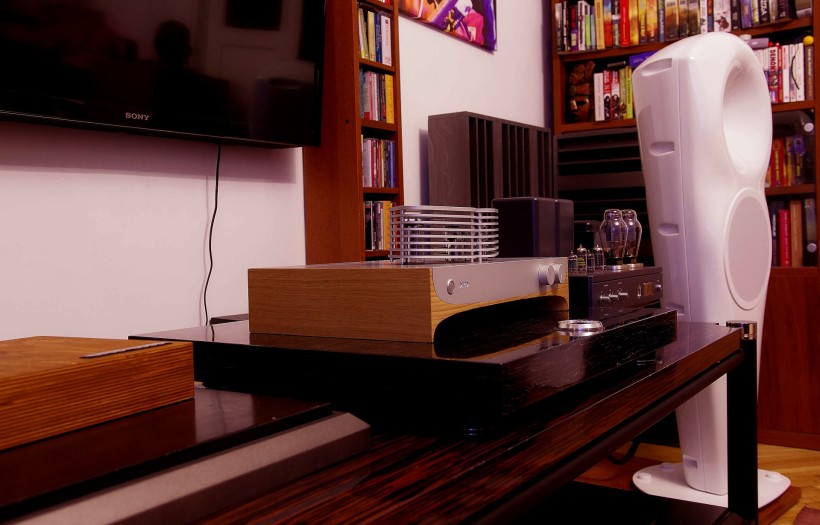
When Mr. Lukasz Lewandowski brought me Mummies I asked him about the optimal amplifier for them. He said that customers pair them with very different ones, from low-power tubes SETs to powerful solid-state ones and everything in between. So it is difficult to recommend anything specific – it’s an individual choice and it depends on the preferences of the user. As you already know, I started with SETs, but I didn’t stop there. I drove Mummy also with a powerful transistor, the excellent, Italian Audia Flight FLS4. As a fan of horn loudspeakers, the owner of several models in the past, I know from experience that this type of designs are notoriously fickle. Some of them sound well only with low power amplifiers (I had such DIY horn with a single Fostex and later Voxative driver). Only few of them can be paired with any, high quality amplifier. Such were my previous speakers, Bastanis Matterhorn, and such, as it turned out, are Mummies. I started listening sessions with Audia Flight carefully looking for any disturbing elements – overdrive, distortion, subdued bass, or this difficult to define, but very disturbing impression of an inner tension in the sound. Nothing of these things occurred. Sound was well balanced, open and again … damn good, even if a little different than what I’m used to.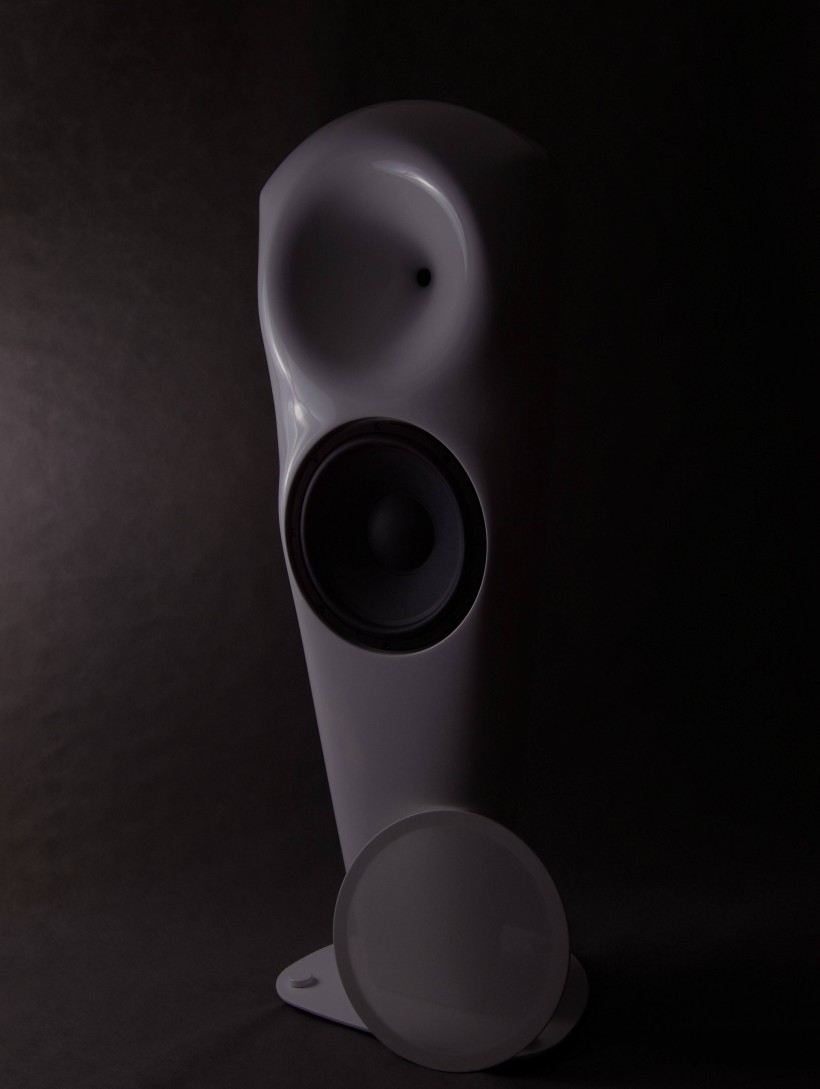
Namely, these loudspeakers, like any other, do have a certain sonic character, which remains similar regardless of an amplifier driving them. What changes are some accents in the presentation depending on the strengths of given amp. I wrote a review of Audia Flight for HighFidelity (see HERE) since this device amazed me, and, to be perfectly honest, it landed on the top of my shopping list. Like the currently owned ModWright KWA100SE it combines the best qualities of a transistor – excellent control, definition, power, dynamics and clarity of the presentation with saturation, richness, smoothness, spaciousness which one can usually expect from a good tube amp. Perhaps that is why the differences between the presentation, which Mummy delivered with Audia Flight and Air Tight, were not that big.
With the Italian solid-state Mummies offered even better dynamics especially in the macro scale. These Polish loudspeakers delivered even more energetic, agile sound and the FLS4 proved that in terms of pace and rhythm there was still more to “squeeze” from Polish speakers while using them with a high-power amplification. So when it came to playing rock and electric blues, with Audia Flight I liked the reviewed speakers even more than with the Air Tight. There was even more drive, I could feel more power, more energy in the music that is so important for a live-like experience. Classical symphonies Mummies could now play with even greater momentum, with full control and definition of the presentation, even at grande tutti. But in terms of micro-dynamics, subtlety, this fantastic, sweet treble and naturalness of the midrange the advantage was on the side of the Japanese SET. With it driving these speakers I liked acoustic and vocal music even more. The high expression level of the solid-state translated into higher energy of the performance, with SET it was more engaging, full of emotion, a bit more intimate. To be clear – these advantages of one type of amplifier over the other resulting from different accents/qualities of the performance, were not big. These were not two completely different performances, two pairs of different speakers sets, but only slightly different presentations with many common qualities. With each of these versions I could live happily and simply enjoy the beauty of music. Which, from my perspective at least, is what this whole audio hobby is about.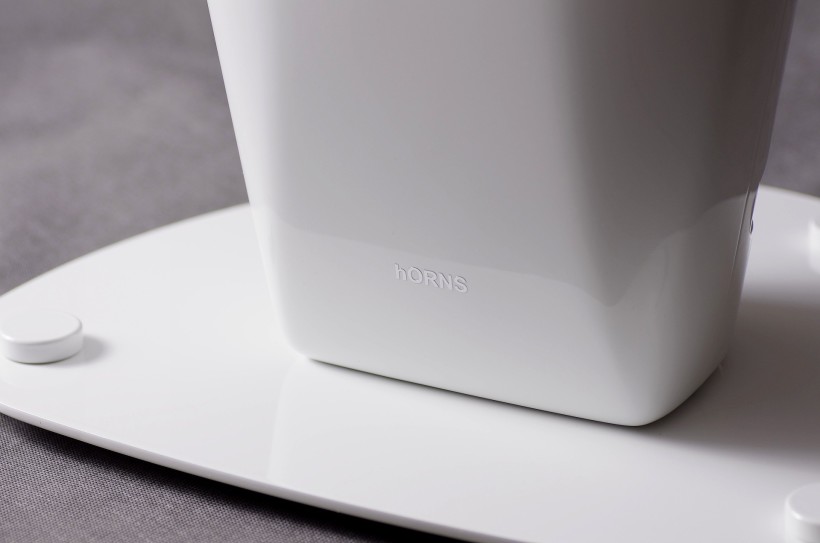
Summary
Mummy by hORNS is a particularly original product in so many ways. The most obvious is their appearance, which in combination with the material of the cabinets and the way these are made creates a classical example of a love or hate design. Fans of classic boxes most likely won’t even look at them, let alone listen to them. People looking for something original, based on (literally) outside-the-box thinking might fall in love with Mummies at first sight. Let’s add the high efficiency and factor in a rare ability, versatility if you will, that allows them to perform at their best with both low-power SET and powerful solid-states. There are few loudspeakers on the market that offer their owner such a wide choice. As a fan of triodes and, above all, acoustic music if I had to choose, I would probably go with the Air Tight (or another low-power tube amplifier). I have no doubt, however, that fans of electric music, rock and electronics would be fully satisfied after pairing Mummy with high-class transistor of their choice. Those who, like me, listen to many different music genres, can take almost any amplifier they like, set it up with Mummies and most likely be absolutely happy abut the performance of such a system. Any rig with these speakers should share the same qualities, such as coherence, nicely extended range extremes, and this unconstrained, smooth, vibrant and immersive sound. Let’s add on top of that good differentiation, high resolution, skillful use of bass-reflex and outstanding soundstaging and imaging – it all adds up to an expressive, engaging presentation one can spend long hours with relaxing or having fun with one’s favorite music. There is one more very important quality of this product – it is Made in Poland!
Associated equipment:
- Amplifiers: Audia Flight FLS4, Air Tight ATM300 Anniversary
- Preamplifier: Modwright LS100
- Digital sources: a passive, dedicated PC with WIN10, Roon, Fidelizer Pro 7.3, JCAT USB Femto card with Bakoon battery power supply, Hdplex linear power supply for PC, JCAT USB Isolator
- D/A Converter: LampizatOr BIG7
- Analog sources: JSikora Basic turntable with Schroeder CB tonearm and AirTight PC 3 cartridge, ESE Labs Nibiru and GrandiNote Celio phonostages
- Interconnects: 聖Hijiri HGP-10R “Million”, LessLoss Anchorwave, TelluriumQ Silver Diamond USB
- Speaker cable: LessLoss Anchorwave
- Power chords: LessLoss DFPC Signature, Gigawatt LC-3
- Power delivery: ISOL-8 Substation Integra, Gigawatt PF-2 mk2
- Equipment racks: Base VI in main system, Rogoz Audio 3RP3-BBS in analogue system
- Anti-vibration accessories: ROGOZ-AUDIO SMO40 and CPPB16 and Franc Audio Accessories Wood Block Slim platforms; ROGOZ AUDIO BW40MKII and Franc Audio Accessories Ceramic Disc Slim Foot
Specification (according to manufacturer):
- Design principle: 2-way, bass-reflex
- Frequency response: 35 – 23000 Hz
- Sensitivity: 93 dB
- Impedance: 8Ω
- Dimensions: 450x1230x370 mm
- Weight: 30 kg/pc
Retail price:
hORNS MUMMY: 6.700 EUR
Manufacturer: hORNS


